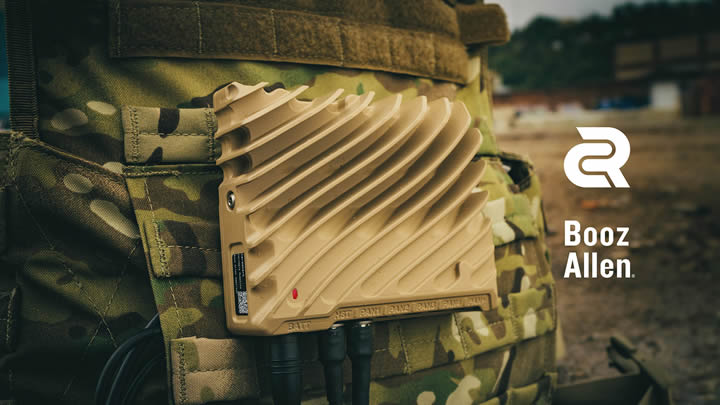Carnegie Robotics Unveils Cutting-Edge Body-Worn Compute System for Military Use

Carnegie Robotics, a leader in advanced robotics systems and sensors, today announced the introduction of its military-grade, body-worn compute system called CardShark. CardShark is designed to empower soldiers with real-time AI processing capabilities in the field.
CardShark is already gaining traction with key defense industry operators, including Booz Allen Hamilton, which has demonstrated multiple AI workloads running on CardShark in military environments. Additionally, early adoption has been seen from multiple U.S. Department of Defense (DoD) organizations, and interest continues to grow across defense sectors worldwide. In collaboration with Booz Allen, Carnegie Robotics’ CardShark compute system has been optimized to support Booz Allen’s cutting-edge, military-grade AI workloads. However, the device remains fully agnostic – allowing other tactical software providers to leverage its robust architecture for a wide variety of defense applications.
“This joint effort combines Carnegie Robotics’ hardware innovation with Booz Allen’s renowned technology capabilities and mission understanding, creating a powerful resource for today’s military,” said Mike Embrescia, Chief Development Officer of Carnegie Robotics. “The durability, flexibility and sheer compute power of our body-worn device ensures it can be a cornerstone for advanced AI-driven battlefield technologies."
Revolutionizing Modern Combat
Powered by the latest in GPU compute technology, CardShark boasts over four times the compute power, as well as the lowest thermal output of any existing fielded units. Carnegie Robotics’ CardShark offers a wide range of use cases with potential to transform military capabilities in real-time battlefield operations, including Advanced AI/Machine Learning, Offline Language Translation, Target Identification, Biometric Monitoring for Medics, 3D Battlefield Mapping and many other key military applications.
“Booz Allen's commitment to mission transformation is driven by a dedication to integrate resilience into the fabric of physical AI, ensuring solutions are fortified by comprehensive engineering and security practices,” said Randy Yamada, Vice President at Booz Allen. “Working together with Carnegie Robotics, we believe this body-worn compute system offers next-generation equipment and battlefield technology to the warfighter. It’s not just about computing power—it’s about transforming the entire tactical environment, enabling smarter, faster, and more effective operations for the nation’s military personnel.”
Carnegie Robotics’ innovation is driven by an increasing demand from high-ranking military officials for a durable, reliable, and adaptable real-time computing solution that integrates seamlessly with soldiers' gear while maintaining efficacy in the harshest combat environments. This body-worn device represents a major leap forward in tactical computing, enabling new and life-saving capabilities on the battlefield.
Carnegie Robotics’ CardShark is now available for pre-order; with test units available later this year – and larger fulfillment deliveries occurring in Q1 2025. Learn more at carnegierobotics.com/cardshark.
About Carnegie Robotics
Carnegie Robotics is one of the nation’s leading providers of robotics and autonomous sensor technologies. Based in Pittsburgh PA (USA), Carnegie Robotics is a privately-held company, and delivers cutting-edge solutions for a wide-range of commercial industries and military applications. Learn more at www.carnegierobotics.com.
Featured Product

